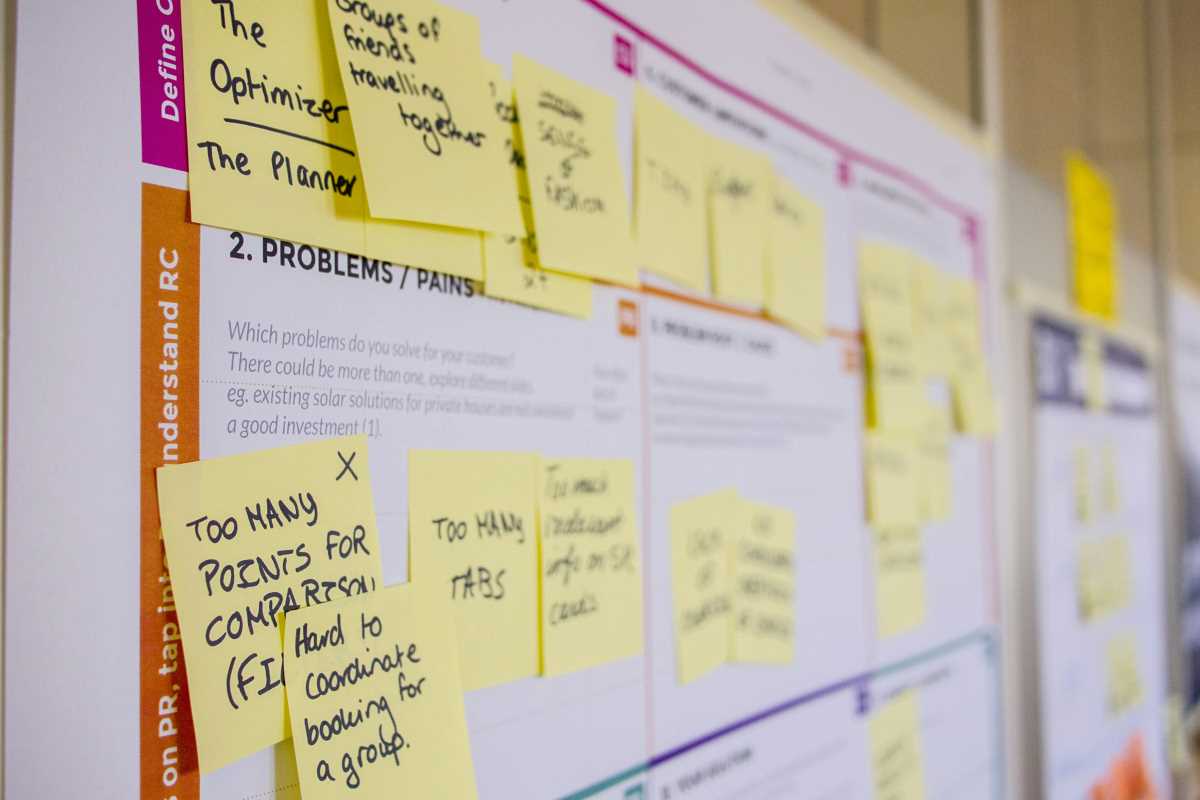Your desk is a war zone of sticky notes, tangled charging cables, and half-empty coffee mugs. The open office buzzes with a constant hum of chatter, ringing phones, and your coworker’s loud typing. Every few minutes, a new notification pings on your screen, pulling your attention away from the task you’re trying to complete. This chaotic scene is the reality for many of us, making it nearly impossible to find a moment of deep focus. But what if your workspace could be the solution instead of the problem? Imagine an office that’s calm, clean, and intentionally simple. This is the idea behind quiet luxury workspaces—a design philosophy that uses minimalist principles and high-quality, calming materials to create an environment where your brain can finally breathe and do its best work.
What is a Quiet Luxury Workspace?
Quiet luxury isn't about flashy logos or expensive gadgets. It’s the opposite. It’s an understated approach to design that prioritizes calm, quality, and function over clutter and noise. In a workspace, this means stripping away everything that isn't essential to create a serene and organized environment. Think of it as the workplace equivalent of a quiet library or a peaceful zen garden. The goal is to design a space that feels good to be in—one that is so simple and functional that it fades into the background, allowing your focus to take center stage. It’s less about what you add and more about what you thoughtfully remove.
Key Elements of Calming Design
Creating a quiet luxury workspace involves a few core design principles. It starts with a neutral color palette of soft whites, warm grays, and earthy tones that are easy on the eyes. Natural light is maximized to boost mood and energy, often with large windows and minimal window coverings. To combat noise, designers use acoustic treatments like sound-absorbing wall panels, thick rugs, and even furniture made from felt or other soft materials. Finally, everything has a home. Purposeful storage solutions, like integrated cabinets and minimalist organizers, ensure that every single item has a designated spot, keeping surfaces clear and your mind uncluttered.
How Sensory Reduction Boosts Your Brainpower
Our brains have a limited capacity for attention. When your workspace is visually chaotic or noisy, your brain has to work overtime to filter out all the distracting sensory input. This constant filtering process drains your mental energy, leaving less available for complex problem-solving and creative thinking. A minimalist office reduces this cognitive load. With fewer things to look at and less background noise to process, your brain doesn’t have to work as hard to stay on task. This sensory reduction makes it easier to enter a state of deep focus, also known as "flow," where you are fully immersed in your work and productivity soars.
Fewer, Better Things
The quiet luxury philosophy extends to the tools you use every day. Instead of a drawer full of cheap pens that barely work, you might have one high-quality pen that writes beautifully. Instead of a mess of flimsy plastic organizers, you might have a single, well-crafted wooden desk tray. This principle encourages investing in fewer, better items that are both functional and feel good to use. A comfortable, ergonomic chair, a simple and powerful laptop, and a high-resolution monitor create a seamless work experience. When your tools are reliable and pleasant to interact with, there are fewer small frustrations to distract you throughout the day.
Creating Your Own Quiet Workspace on a Budget
You don’t need a massive budget to bring quiet luxury principles into your own space. For a home office or a small team, start by decluttering mercilessly. Remove anything from your desk and immediate area that you don’t use daily. Next, focus on lighting. Position your desk near a window if possible and add a warm-toned lamp to avoid harsh overhead light. You can manage cables with simple ties or a cable management box. To absorb sound, add a small rug under your desk or hang a fabric wall tapestry. The key is to be intentional with every item you allow into your workspace.
Maintaining the Calm with Rituals and Etiquette
A quiet luxury workspace is not just about physical design; it's also about behavior. To maintain the peaceful environment, teams can establish new habits and etiquette. This could include creating "focus zones" where talking is not allowed or setting specific "no meeting" blocks of time during the day. Putting phones on silent and turning off non-essential notifications becomes the default. Daily rituals, like a five-minute tidy-up at the end of the day, ensure the space is fresh and ready for focus the next morning. These shared practices reinforce the calm and make sure the environment remains productive for everyone.
Measuring the Impact on Your Focus
How do you know if your new minimalist setup is working? The proof is in your productivity and your state of mind. You can track simple before-and-after signals to measure the impact. Notice how long it takes you to get into a state of deep focus. Do you find yourself getting into the zone faster than before? Pay attention to the quality of your meetings; a calmer space often leads to more thoughtful and efficient conversations. You might even find that you end the workday feeling less mentally drained. These small but significant changes are the true return on investment for a workspace designed for peace.
 (Image via
(Image via





